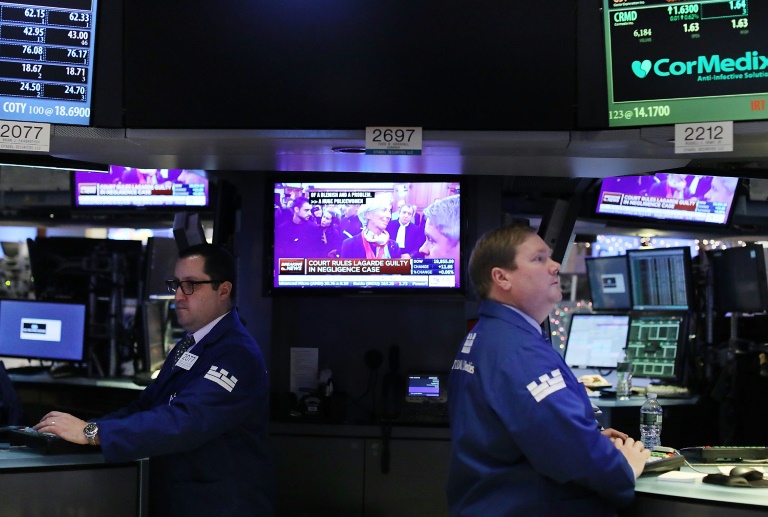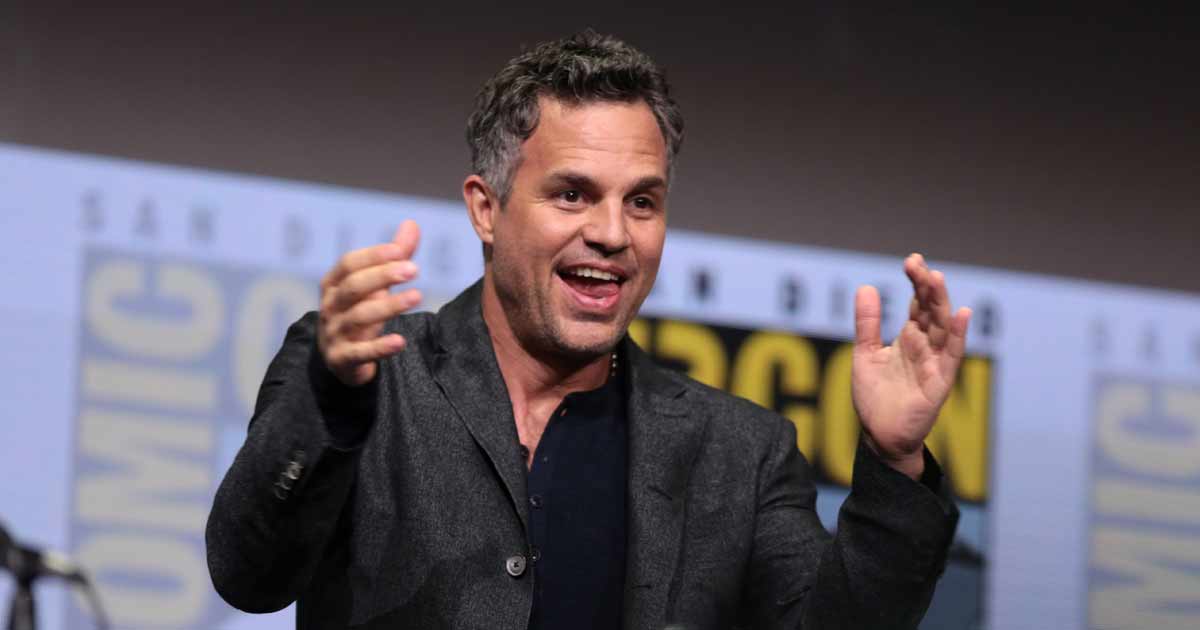Every January, thousands of people flock to Downtown Denver to watch cowboys drive a herd of longhorn steers up 17th Street as the kickoff to the annual National Western Stock Show.
The parade is led by that photogenic cattle drive, followed by a variety of literal show ponies, cars, tractors and notable figures and celebrities.
“Stock shows, such as the National Western, are largely devoted to showing various breeds of livestock,” said Stan Searle of Searle Ranch in Monument, which has been providing the cattle and cowboys and cowgirls for this tradition since 2006.
“Adding a unique dimension, the epic reenactment of a cattle drive celebrates an era in the settlement of the Western U.S. The great cattle drives of the late 1800s fostered the establishment of the open-range cattle industry,” he added.
The parade actually takes place not far from where the first longhorns arrived in Denver as the animals were moved from Texas to Wyoming, following Cherry Creek along the Goodnight-Loving Trail.
“I think it’s real important, mostly for the urban audience, to get a real-life glimpse that shows them people are still living in the country, raising cattle, moving cattle, and that their hamburger doesn’t originate in the back of the grocery store,” said Searle. “Beef is a big economic sector in Colorado, and there are companies that depend on agriculture.”
The 2024 parade is on Thursday, Jan. 4, at noon, and the stock show takes place Jan. 6-21. The show includes special rodeo extravaganzas, livestock competitions, a juried art exhibit, folk dancing, exhibitors selling everything from food to apparel, live music, and education about agriculture.
The Trailing of the Sheep Festival
Colorado isn’t the only Western state to celebrate a major part of its ranching history. The Trailing of the Sheep Festival in Ketchum, Idaho, takes place in early October every year as part of the annual migration of sheep from their summer grazing grounds down through the Wood River Valley in the fall. Unlike the cattle drive in Denver, this is not a re-enactment to see the sheep being moved down the main street in Ketchum.
“We will lose the history and culture of shepherding and ranching in our region if we don’t keep the stories alive,” said Laura Musbach Drake, executive director of the Trailing of the Sheep Festival, which includes four days of sheep-related activities such as sheepdog trials, lamb-menu tastings, a fair with folk dancing, sheep shearing, and lots of handmade wool items for sale. “This was once a generational business and that’s not necessarily the case anymore.”
To Drake’s point, the population of sheep (and their ranchers and herders) has been steadily declining in Idaho: In 1918, there were 2.6 million sheep in Idaho, which was six times the human population at the time, Drake said. In 1970, humans began to edge out the sheep with 700,000 people and 680,00 sheep. Today, there are nearly 2 million people who call Idaho home and an estimated 230,000 sheep.

When sheep ranching was thriving, sheepherders from the Basque region of Spain migrated to Idaho and brought their own traditions with them that are put on display during the annual festival. More recently, sheepherders from Peru have become part of life in this pocket of Idaho, with some here seasonally and others who have made it their home.
Over the years, locals grew accustomed to the sight of sheep being herded from summer to winter pastures, but about 30 years ago a conflict arose between local recreationists and the herders over sharing what is now a bike path. The idea was born to go beyond educating just a few locals about the importance of the sheep history in this area and create a festival. In 2024, the Trailing of the Sheep Festival is Oct. 2-6.
“It is ever more important to keep this history alive, to understand the world of sheep, what they can do from a cuisine side, the benefits of wool, and what it means for the livelihood for so long in this region,” said Drake.
During my visit to the sheep festival in October, I sat in on a chat with local ranchers at the Community Library in Ketchum, where I learned about the politics of lamb. The topic was specific to what local ranchers explained is a complicated struggle with a significant amount of the lamb served in the U.S. being imported here, which is part of the story for the decline in this vocation and lifestyle.
There are approximately 1,200 sheep that are in the parade — a brief detour from their path — and about 10,000 sheep that migrate through the valley each year.
“It’s an opportunity to celebrate and be educated while having fun, find handmade crafts, and develop a deeper appreciation,” said Drake.
Other parades throughout the West celebrate livestock history and educate people about the future of the agricultural lifestyle.
Cheyenne Frontier Days
As of 2023, Cheyenne Frontier Days has replaced its annual cattle drive that precedes the “Daddy of ‘em All” rodeo and Western celebration with a horse drive. This event is separate from the four grand parades that take place in downtown Cheyenne and are part of the Frontier Days. It features wranglers moving bucking broncos from pasture land along a frontage road of Interstate 25 to Frontier Park. (Cheyenne Frontier Days is scheduled for July 19-28, 2024; check its website for the exact date and time of the horse drive.)
Northern International Livestock Show & Rodeo
In Billings, Mont., a cattle drive precedes the annual Northern International Livestock Exposition (NILE) Stock Show & Rodeo in mid-October. As with all of these parades, attendance is free and spectators can watch as cowboys and cowgirls on horseback guide a herd of cows through the city streets, followed by local marching bands, horse-drawn wagons, and costumed equestrian groups. The parade will be on Oct. 11, 2024. This cattle drive took a hiatus for several years and returned in 2023.
Tri-County Fair
In Bishop, Calif., the annual Tri-County Fair in late August is kicked off with a cattle drive and parade in town before a long weekend of festival rides, sheep shearing demonstrations, baking competitions, pony rides, and more. This event takes place Aug. 29-Sept. 1, 2024.
Reno Rodeo Cattle Drive
For those who want to play wrangler and not just watch them for a few minutes, the Reno Rodeo Cattle Drive in Nevada takes paying guests through the sagebrush on a real cattle drive for five days before they ride into town to lead the parade. There is a waitlist for participating in the cattle drive, and the entire event (including the authentic cattle drive and rodeo) takes place June 16-29, 2024.
Western Heritage Welcome
If you miss the National Western Stock Show parade and its cattle drive in downtown Denver in January, head south to Castle Rock in July where Searle also provides Texas Longhorns for the Western Heritage Welcome. Then stay for a weekend of activities at the Douglas County Fair and Rodeo that include a Wild West show, live music, livestock competitions, and classic rodeo events.
One thing all of these parades have in common, regardless of the animals or time of year? They end with street sweepers — a more modern tradition necessary to restore the roads for automobile use.
Subscribe to our weekly newsletter, In The Know, to get entertainment news sent straight to your inbox.







